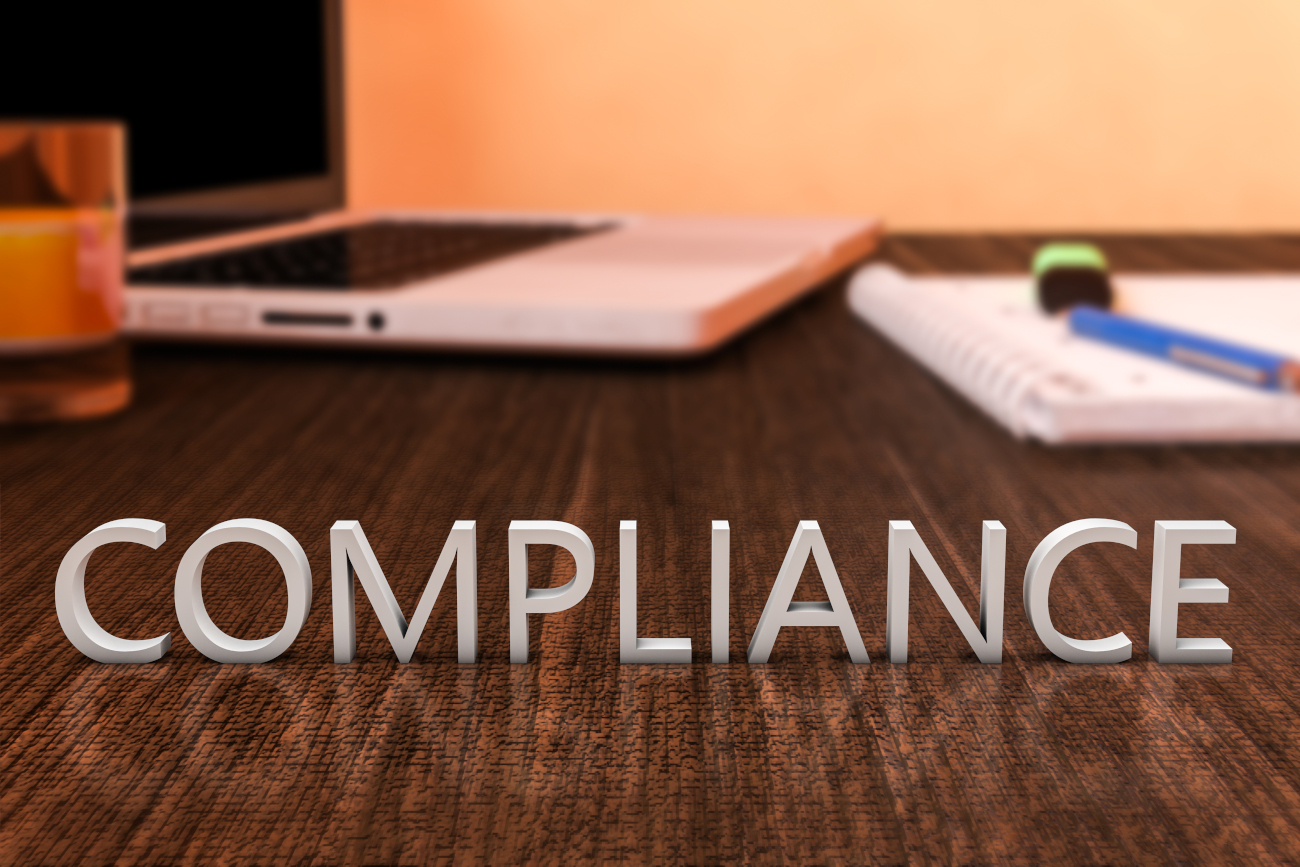A company’s culture influences its success. According to Deloitte’s Core Beliefs and Culture survey, approximately 80% of employees and 94% of executives responded that corporate culture is important.
Culture encompasses many areas, including values, attitudes, and beliefs. One of the things that should be included is compliance. Organizations that nurture a culture of compliance tend to have better employee retention rates, brand reach, and overall performance.
Training and communication are essential to keeping your culture alive and well. This should start from the top down and include clear objectives that are available to everyone within the organization.
Remaining compliant has benefits for any business. It improves operational efficiency. It also increases safety and security. Workers know how to do their jobs while minimizing risk to themselves and others. That translates to fewer on-the-job accidents and less wasted materials and damaged equipment.
The public also appreciates a company that meets all its legal and ethical obligations. It’s good for your corporate image. Compliance fosters trust among customers.
Employees prefer to work at companies that have high standards for compliance. That is because they receive more and better training and are generally safer at work.
There are also the legal benefits of remaining compliant. Some industries are required to meet federal or local regulations. Breaking the rules can lead to hefty fines or serious repercussions like lawsuits. For example, if you work in the healthcare industry, you may be subject to HIPPA laws. One violation could come with a $1.5 million fine annually as well as other legal settlements.
Your mission statement will likely include information about responsibilities, which go hand-in-hand with your corporate culture. When all these things are in tune with each other, you will get better results.
What can you do to start nurturing a culture of compliance in your team?
Begin Training from the Top Down
The top people within your company should be doing all they can to set a good example. And one way to do that is to be the first to start training.
Get your executives and management team involved. They should be working through the same courses and material as your lower-level employees. Not only does this make them better at answering questions and addressing issues, but it also sends the message that your organization works together as a team.
The U.S. Department of Justice reported in its Evaluation of Corporate Compliance Programs that the effectiveness of a program requires “high-level commitment by company leadership to implement a culture of compliance from the middle to the top.”
Build a Compliance Program That’s Relevant
Compliance training should be relevant to the industry and work that your team does. It may take time and testing to figure out what needs to be added to your program. Initial setup is only the first step.
Check in with your subject matter experts, managers, and legal team to find out if any areas aren’t covered well or at all. Having others take a look at the program can help identify gaps that might not have been apparent when it was first created.
If you want to nurture a culture of compliance in your company, then you need to make sure that all the required training and resources are available.
Invest in Ongoing Training
Some companies have training for new hires and little else for seasoned workers. Successful businesses offer ongoing training. This gives your employees opportunities to improve their knowledge or refresh anything that they may have forgotten the first time around.
Regulations, policies, and practices may change over time. Ongoing training can make these new developments more accessible to employees who might not otherwise be aware of them.
Offer Online Courses for Compliance
Online employee training is one of the most cost-effective tools you have at your disposal. Build online courses that are focused on your team’s compliance needs. These can be instantly delivered to any employee, even if they work from home or travel.
The internet makes it possible to quickly update compliance training material if needed. Letting your team do all or some of their training online adds flexibility. Self-paced courses can be done anywhere at any time, even early in the morning or in the middle of the night.
You should also look into different training methods, like microlearning. This form of eLearning delivers information in smaller portions. It is proven to increase knowledge retention and make the process more rewarding and less overwhelming for the learner.
Address Compliance Mistakes
Unfortunately, compliance mistakes may happen. It may have been an honest misstep, but it should still be addressed. Figure out what caused the mistake. Does an employee need to be retrained? Was information not clearly shared in a course? Is there a topic that you need to cover that isn’t included in your training program?
By paying attention to the mistakes, you can strengthen your compliance training and avoid missteps in the future.
Use an LMS to Track Compliance
Compliance is an ongoing need for many businesses. Some industries require annual certification. A learning management system (LMS) is a great way to make this process as easy as possible.
Today’s LMSs usually include user-friendly reporting tools. These track just about anything within the system. By housing all your compliance data in your LMS, you can instantly see who is up to date and who needs to return to training.
Since training is also completed within the LMS, all that data is instantly stored. Trainers and managers won’t have to waste hours trying to update compliance information for each employee. The system will do it for them, so they can invest their time in more productive tasks.
It’s also a good way to encourage teams to keep up with certification schedules in case you need to provide evidence of compliance to a government agency or oversight board.
If you haven’t given much thought to compliance, now is the time to get started. You could avoid fines, increase productivity, and make your employees happier. Visit LMS.org to learn more about eLearning platforms that support compliance and certifications.








